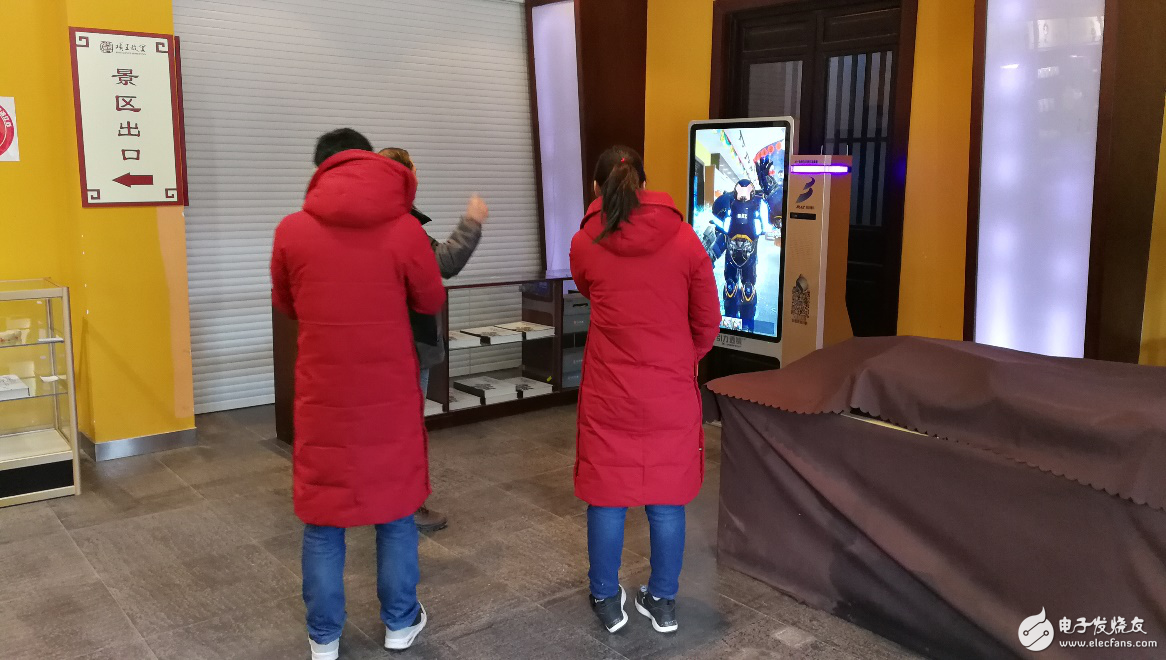Cloud Innovation is responsible for creating a nearly trillion dollar ecosystem. But this is only the first step. The blockchain is the next iteration of the logic of the calculation.
The cloud is the first place to stay away from centralization. Companies need to store file and access processing power in applications with sufficient network bandwidth to accommodate all-day use. However, the server room requires maintenance, ongoing security, proper provisioning, and regular updates. By moving servers (or into the cloud), companies can extend their business beyond the constraints of hardware.
Today, companies can open offices from virtually anywhere, and even easily hire remote employees. Computers and smartphones are just a bridge that puts more processing power elsewhere.

The blockchain now introduces a second iteration of the computational structure. Through the distributed classification system, the blockchain establishes a secure, immutable and democratic computing network. This can lead to unbreakable programs and web services, transparent networks, and greater system reliability.
Blockchain decentralized calculationThe blockchain uses miners to solve mathematical problems and provide consensus. Mining participants lease their computing power to the blockchain network in exchange for cryptocurrency rewards. Together they build the network and verify the creation of additional "blocks". “Groups of miners form the node system for storing and processing data in the network. Miners have computing pools around the world that allocate their processing power to:
Keep a complete blockchain version
Verify and process transactions
Run the app / smart contract
Ethereum is one of the most popular blockchain platforms that allows developers to access blockchains through the Ethereum Virtual Machine (EVM). EVM provides developers with the tools to build disparate applications or Dapps. These applications use blockchains to host their backend processes.
Instead of an application running on a single server. Dapps are split into pieces, similar to torrents, running at the same time. There are a lot of redundancy in programs that have several computers running. These programs make up a command-based ledger that continually validates the code. No computer has the entire application backend, so it is almost impossible to be attacked or damaged.
Unlike cloud computing, a decentralized blockchain does not need to live in the server room. Cloud applications typically perform redundancy on a small number of nodes, but there are no thousands of nodes close to a network like Ethereum.
The cloud moves servers from the corporate campus to other locations and concentrates processing power elsewhere. The blockchain is cutting processing power and spreading it around the world.
The blockchain takes advantage of the computing power of the entire Internet, breaking the illusion of the latest fashion of virtual currency worthless, bubble or technology. The truth is that cryptocurrencies can be used as a smarter, more secure barter system to improve the delivery of Internet technologies and applications. Through the blockchain, we can create a voluntary network, an Internet/Cloud 2.0, which enhances network security and contributes to the development of computers, artificial intelligence, the Internet of Things, and record keeping. This is a trillion-dollar solution, and in all vertical markets, we are just on the surface.
Sewage Gas Generator,Propane Powered Generator,Hydrogen Generator,Gasoline Generator
Jiangsu Vantek Power Machinery Co., Ltd , https://www.vantekpower.com